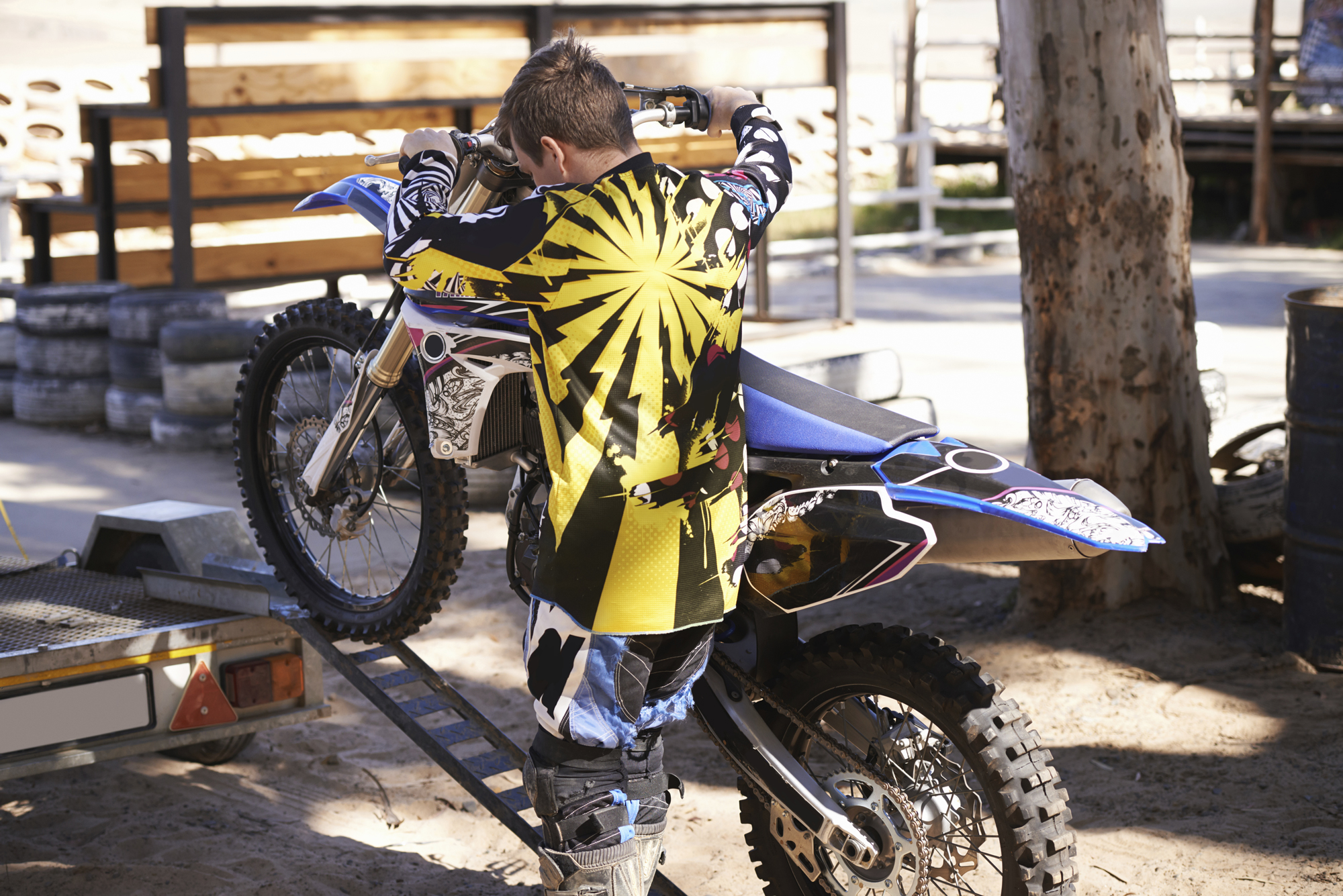It is important to secure your loading ramp correctly, as a slipped ramp can damage the trailer and inflict serious injury. Here is a step-by-step guide to safely and securely attaching a loading ramp and tips on how to choose one that suits.
A loading ramp allows you to transfer a range of wheeled items onto your trailer such as cars, tractors, ATVs, motorbikes and lawnmowers. For safety, it is vital that the ramp be tightly secured to the trailer lip. If the rear wheels of a quad bike suddenly begin spinning, for example, a loose ramp can fly out from underneath, sending the bike toppling backwards.
Choosing a loading ramp
Loading ramps come in a variety of shapes, sizes and materials. Make sure that the ramp (and trailer’s) load rating matches or exceeds the mass of the item being loaded. If you are using it in wet conditions, choose a ramp that provides lots of grip.
For items with low clearance, longer ramps and curved ramps provide a gentler gradient so the item won’t bottom out. Some longer ramps can be folded up or taken apart for easy transport and storage.
Should you use steel or aluminium?
For maximum strength and durability, use a steel ramp; for easy handling and rust resistance, aluminium is the winner.
Attaching the ramp
Loading ramps are also referred to as trailer ramps. Here’s how to attach a non permanently fixed model to your trailer:
- Get a tie-down strap or cable: A tie-down (or ratchet strap) is used to secure the ramp to the trailer. You can also use an adjustable steel safety cable.
- Apply the brakes: To prevent the trailer tipping or moving, put the towing vehicle’s handbrake on and make sure that the trailer is securely attached at the coupling and towbar.
- Position the ramp: Most loading ramps can be hooked on to the trailer’s rear edge. After it’s in position, check that the end of the ramp is flush against the trailer tray.
- Attach the strap/cable to the ramp: Locate the rung on the ramp that is second closest to the trailer lip. Just below it, loop one end of the tie-down around the ramp’s centre rail and pull it tight. If using a steel cable, make sure the cable’s U-bolt is closed securely.
- Attach the strap/cable to the trailer: Find a secure point under the trailer that you can attach the other end of the strap or cable to and then pull it tight. Try moving the ramp manually; if it wobbles, increase the tension of the strap or cable.
Tip #1: While loading, take it slowly and don’t be afraid to try again if you didn’t approach the ramp in a straight line.
Tip #2: For safety, ensure the driving wheels go up the loading ramp first. For example, if you are loading a rear-wheel-drive ATV onto the trailer, drive it up the ramp in reverse.
Want to know how to load a trailer safely and correctly? See our essential tips.





